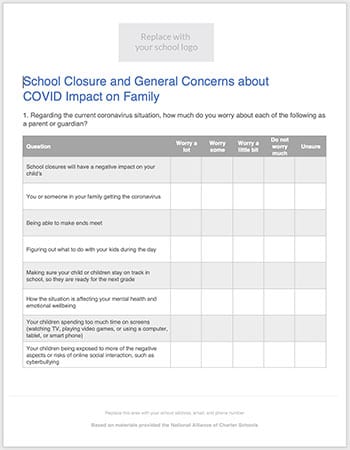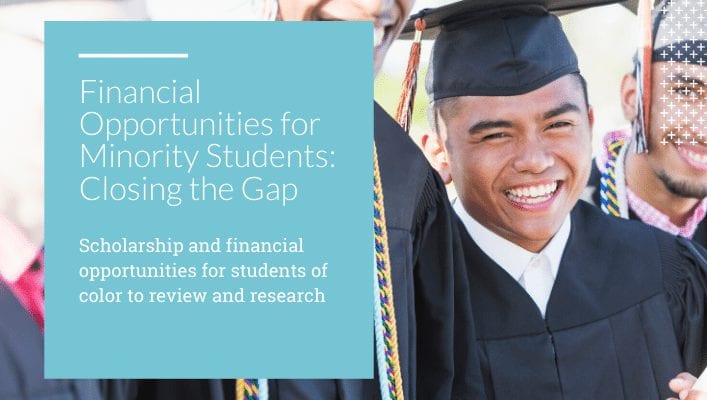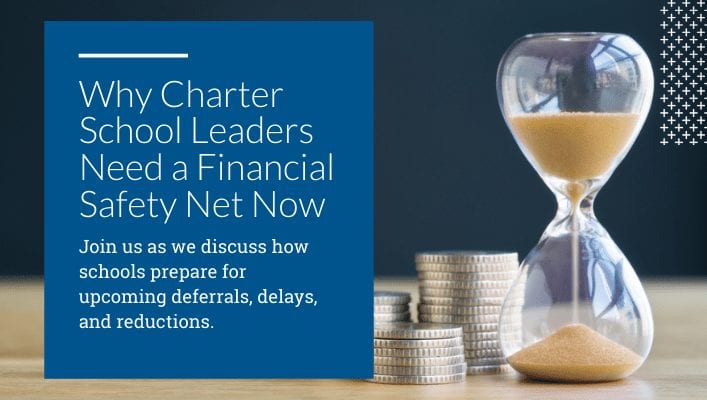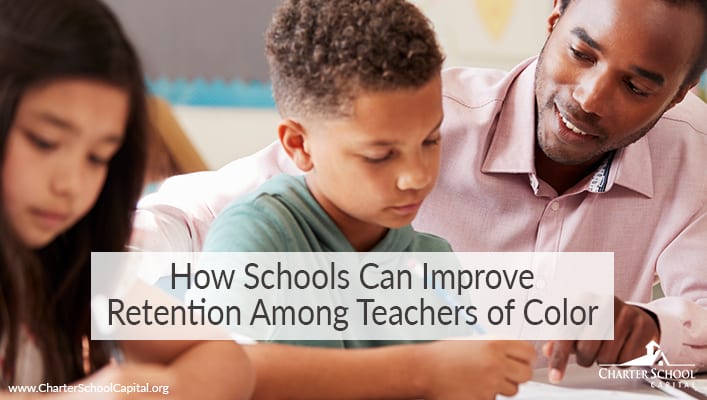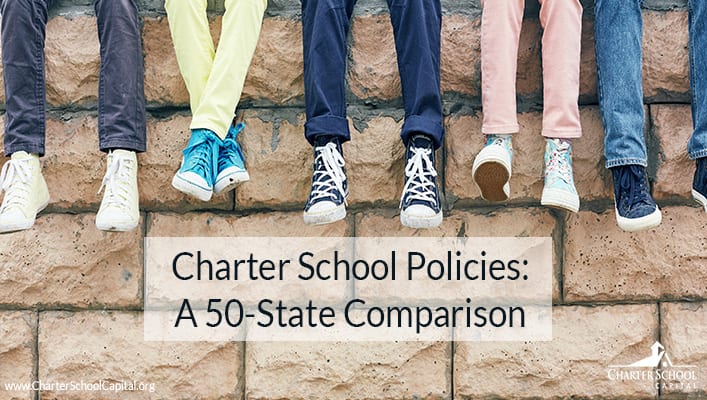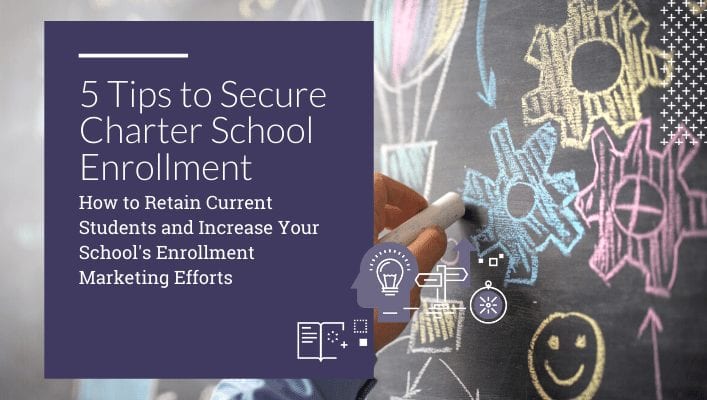
As charter school leaders look towards the future and this coming fall, there has never been more important to time to begin thinking about their enrollment. Reduced tax revenues across the country due to the COVID-19 pandemic will potentially result in deferrals, delays, and reductions in state payments for charter schools.
Amongst that uncertainty, school leaders must start crafting their plans for and securing tools to enable next year’s enrollment right now. To help leaders do just that, here are 5 tips for securing your school’s enrollment for next year.
Your Best Students Are Your Current Students
As the saying goes, “your best customers are your current customers.” Before you even start any promotional efforts for new students, focus on your current students. By delivering the best possible educational experience to your students and parents, they need not look at other education options.
Additionally, enable parents and students to provide feedback for next year, so that you can address their concerns. We have no doubt that both students and parents are feeling just as uncertain about what next year’s school life might look like and how they can be prepared for those changes. Seek those questions and provide easy ways for parents/students to access those answers via your website, social media profiles, email, or text/SMS campaigns.
Begin Outreach to New and Prospective Students Next
Once your school leaders have a good understanding of potential enrollment gaps for next year, start crafting your marketing plan to drive awareness and interest in your school.
You can increase traffic to your website and social media channels by optimizing them for search engines and local hashtags/keywords. Raise awareness of your school through targeted ads on Facebook, Instagram, and TikTok. Nurture prospective parents and students leveraging email and text-message campaigns, along with direct mail.
If you’re looking for help with your enrollment marketing plans, our team at Charter School Capital has done that for schools all over the country. You can find out more here.
Create Easy-to-Understand Enrollment and Lottery Guidelines
Parents and students need clear, easy-to-understand enrollment and lottery guidelines. Ensure your website provides all the information and deadlines required to enter your lottery, as well enrollment preferences for your school (i.e., preferences are given to returning students, siblings of current students, and students living the same community school district).
Using simple tools like AddEvent.com, your team can quickly help parents add dates and deadlines to their calendars.
Ensure Your Lottery System Is Best-in-Class
Take the hassle out of your lottery system by leveraging a best-in-class lottery platform like Lotterease. It’s easy to use, manages weighted lotteries, including siblings and twins, allows parents to add all the data required, generates both selected and waiting lists based on the cutoff criteria, and waiting lists for each grade. It has built-in security and is fully auditable. Even better, it provides granular level notification controls so that parents and your staff are up-to-date and informed.
Enable Parents and Teachers with Tools and Content
Parents, teachers, and staff will often be your best advocates. Arm them with content and visuals they can use on their social media profiles, and develop one-pagers they can provide to friends, family, and their neighborhoods. Canva is our favorite free tool for helping schools make this happen.


 In his 37 years of teaching, Mr. Dewey was a mentor to many teachers and countless students, and a special mentor to Stuart. It was this outstanding educator’s legacy and commitment to teaching excellence that inspired our
In his 37 years of teaching, Mr. Dewey was a mentor to many teachers and countless students, and a special mentor to Stuart. It was this outstanding educator’s legacy and commitment to teaching excellence that inspired our 